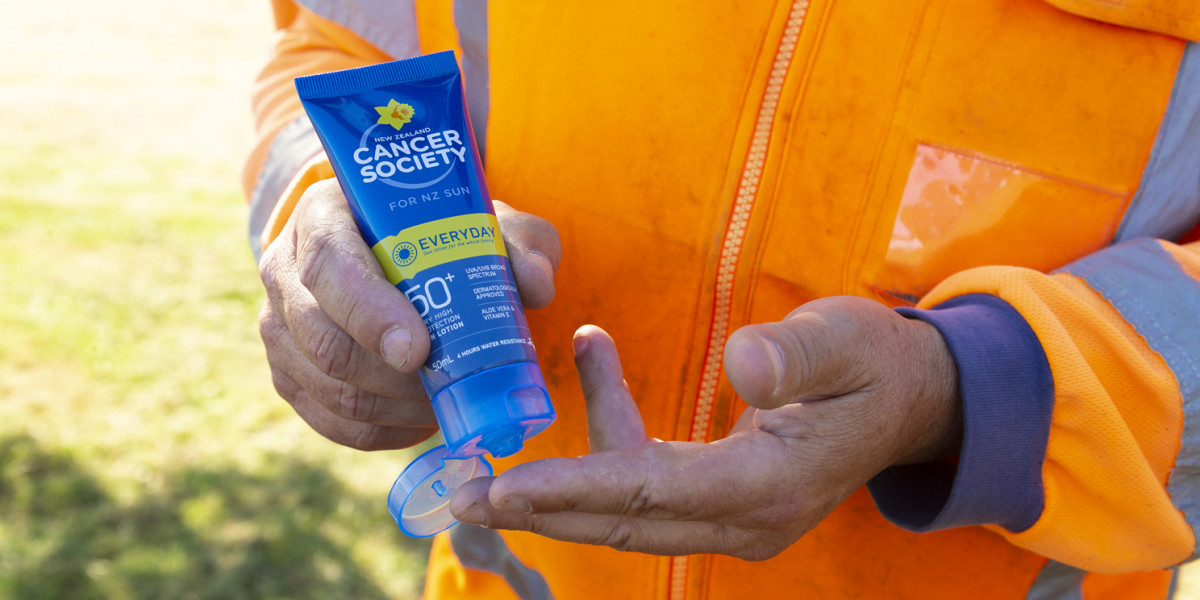Experts are warning Kiwis to be extra cautious this summer, with ultraviolet (UV) radiation levels averaging higher compared to 2021.
UV radiation is produced by the sun and too much exposure can damage our health by causing sunburn, premature aging, and increasing the risk of skin cancer.
According to NIWA, clear sky UV index levels between noon and 1pm at Leigh, Auckland have been 5% more on average and up to 10% higher over the last month compared with the same period last year.
The higher the UV index, the stronger the sun’s UV rays and the faster you may burn. A UV index level of 3 or more is enough to cause skin damage.
It has already reached UV level 8 in New Zealand this week. For comparison, UV 8 is rare in the UK, even in the height of summer.
UV Index levels are predicted to reach between 6 and 7 in the south, 7 to 8 in central parts, and between 8 and 9 in the north over the Labour weekend.
NIWA meteorologist Dr Richard Turner says that NZ is likely experiencing elevated clear sky UV levels due to a slight depletion of the ozone layer over the past few months.
“Our atmosphere shields us from a lot of the sun’s radiation because of the thin ozone layer in our stratosphere, which absorbs most of the UV. However, values taken at our atmospheric research station in Lauder show that ozone levels are at the lower end of what we’d expect at this time of the year,” said Dr Turner.
The ozone layer naturally breaks down and restores, but it has become thinner over time. This is particularly prominent over Antarctica, where a large hole forms in the spring with the effects felt in New Zealand over summer.
The most common cause is manufactured chemicals such as CFCs, which were phased out in the 1990s but linger in our atmosphere for decades.
Another cause of ozone depletion is volcanic eruptions. This is leading some scientists to think that January’s eruption of the underwater Tongan volcano – which caused the biggest explosion in modern times – could be factor in what we’re now experiencing.
Research has recently come out suggesting that the Tongan volcano injected so much water into the stratosphere that it may have created conditions that caused further loss of ozone. Luckily, any effect from the Tongan volcano on the ozone is reversible, as the water will be removed from the stratosphere in a few years.
Hazel Potterton, National Advisor: SunSmart from Cancer Society of New Zealand said that until then, this is of particular concern in New Zealand due to our ozone already being some of the thinnest in the world.
“New Zealand often ranks highest in the world for skin cancer rates. Even on cloudy days, you can burn within minutes, and people are often caught out at this time of year,” said Hazel Potterton.
“The good news is, you can help protect yourself by being SunSmart and remembering to slip, slop, slap, and wrap. This means slipping on clothes to cover as much skin as possible; slipping into shade, especially during the middle of the day; slopping on sunscreen of at least SPF 30 every two hours; slapping on a wide-brimmed hat; and wrapping on close-fitting, sun-protective sunglasses.”
NIWA provides Cancer Society of New Zealand with daily UV level forecasts, which can be accessed via the free UVNZ app.
For more information on being SunSmart, visit www.sunsmart.org.nz.

